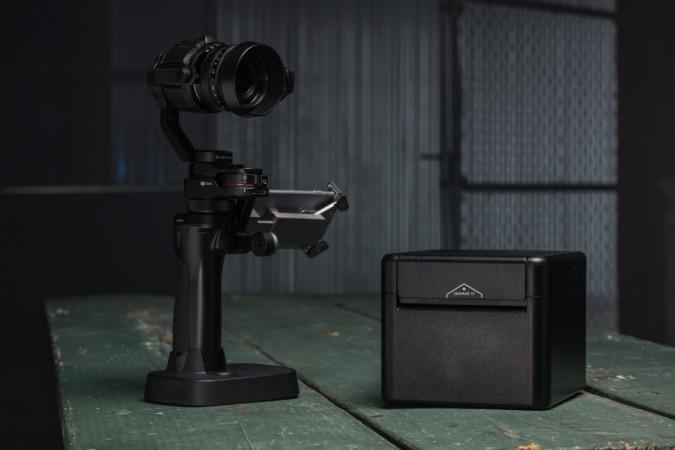
The Micro Four Thirds format may not be as popular as say, a DSLR with an APS-C sensor or even a mirrorless camera with an APS-C sensor. But Micro Four Thirds has one key aspect going for it, which is size. The entire system, lenses included, is build for compactness.
However, before they became the tiny mirrorless cameras that we know them as today, Micro Four Thirds sensors were used in Four Thirds cameras that employed a DSLR-like design. Olympus and Panasonic worked together to ditch the mirrorbox design and gave the world mirrorless cameras. The technology has improved by leaps and bounds.
With each passing generation, the Micro Four Thirds cameras are bridging the gap in image quality when compared to cameras with bigger sensors. The format has definitely proven its worth when it comes to shooting 4K video with the Panasonic GH4.
While there's a lot of speculation behind what the successor to the Panasonic Lumix GH4 will bring to the battle, Panasonic seems to be so keen on taking the road less travelled that it's ditching it all together.
International Business Times, India spoke to Panasonic's imaging head, Yosuke Yamane, about the future of the Micro Four Thirds format. Yamane said that the compactness and the quality that Micro Four Thirds brings to the table give it immense potential in drone-based video applications.
Panasonic has thus far proved that Micro Four Thirds is perfect for high-resolution video, being at the forefront of professional-quality 4K video. But Panasonic's lofty plans aren't entirely novel.
Panasonic entering the drone-based video arena puts it head-to-head with DJI, an already established player. DJI's Zenmuse X5 series of cameras feature Micro Four Thirds sensors and lens mounts that shoot 4K video and do a pretty good job of it.

















